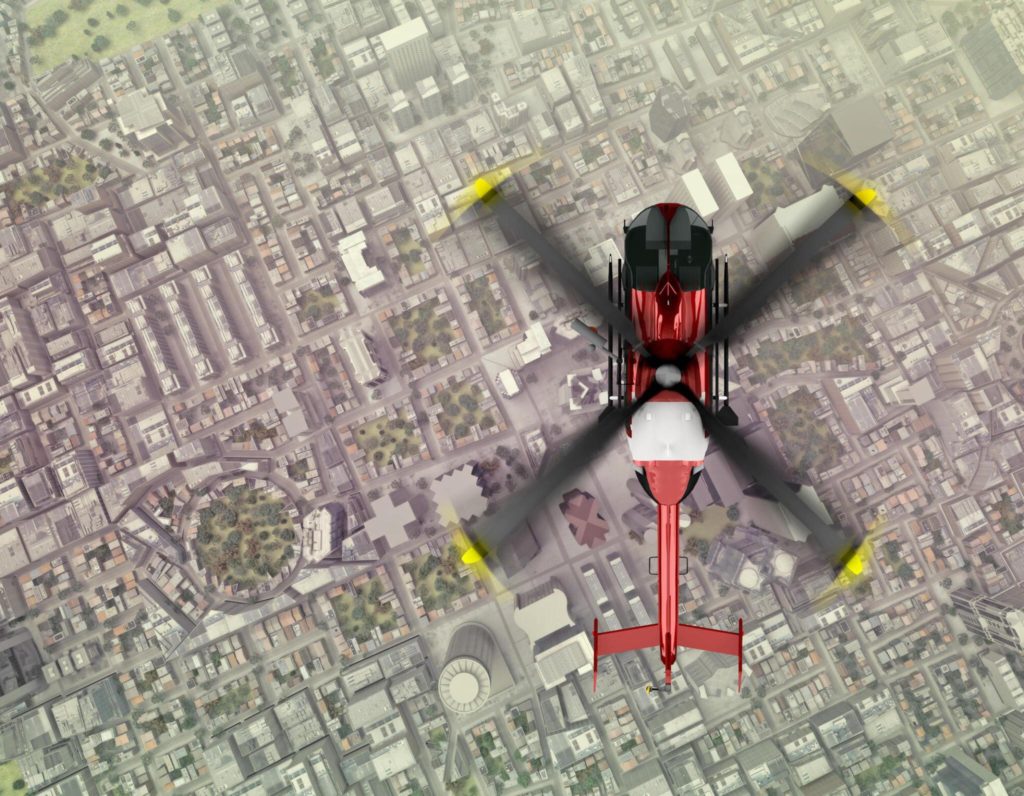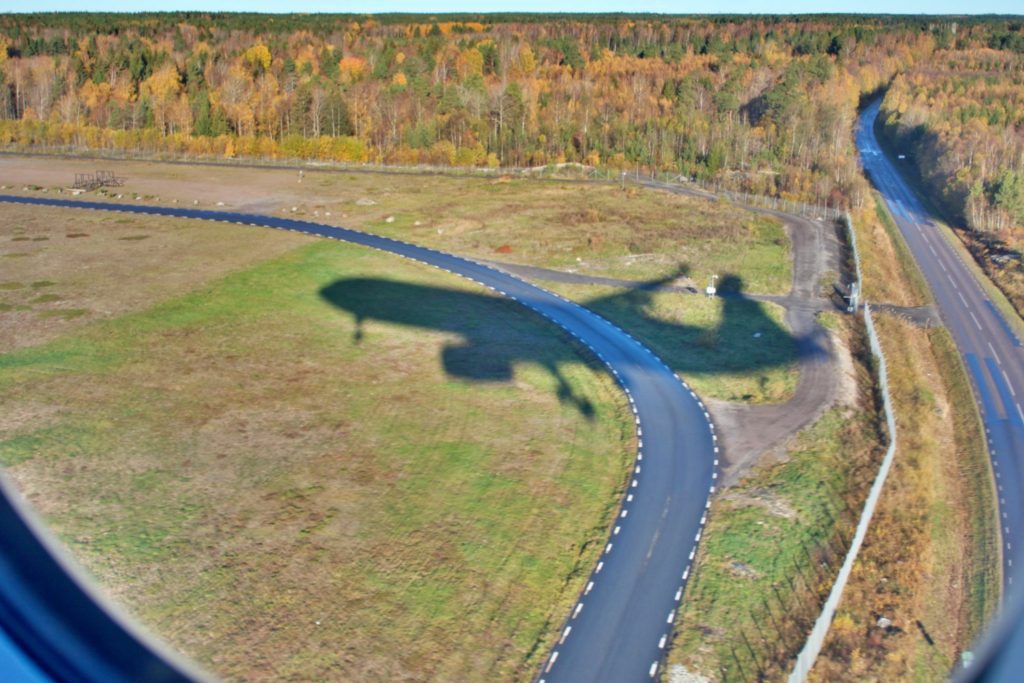Do you want to capture the awe-inspiring beauty of aircraft in photographs? Airplane photography is a thrilling and rewarding genre that allows you to freeze captivating moments in the sky. In this comprehensive guide, we will explore valuable tips and techniques to help you capture stunning images of airplanes. Whether you are a beginner or an experienced photographer, this article will provide you with the knowledge and inspiration you need to elevate your airplane photography skills.

Table of Contents
| 1. Introduction |
| 2. Choosing the Right Equipment |
| 3. Understanding Lighting and Weather Conditions |
| 4. Selecting the Ideal Shooting Location |
| 5. Mastering Composition and Framing |
| 6. Capturing Motion and Speed |
| 7. Editing and Enhancing Your Images |
| 8. Showcasing Your Work |
| 9. Frequently Asked Questions (FAQs) |
1. Introduction
Airplane photography allows you to combine your passion for aviation and photography, creating captivating images that capture the essence of flight. Whether you are photographing commercial airliners, vintage aircraft, or acrobatic displays, the key is to convey a sense of dynamism, power, and elegance in your photographs. By following the tips and techniques outlined in this guide, you will be well on your way to producing breathtaking airplane images that will leave viewers in awe.
2. Choosing the Right Equipment
To capture stunning airplane images, it is important to have the right equipment. While professional-grade cameras and lenses can yield exceptional results, you don’t necessarily need the most expensive gear to get started. Here are some considerations when choosing your equipment:
- Camera: Opt for a DSLR or mirrorless camera that offers manual control and interchangeable lenses. This allows you to have greater control over settings and adapt to various shooting conditions.
- Lenses: A telephoto lens with a focal length between 200mm and 400mm is ideal for airplane photography. It allows you to zoom in on distant aircraft, capturing intricate details and dramatic perspectives.
- Tripod: A sturdy tripod is essential for achieving sharp, blur-free images, especially when using longer focal lengths.
- Filters: Consider using a polarizing filter to reduce glare and enhance colors, or a neutral density filter to achieve longer exposure times and capture motion blur.
3. Understanding Lighting and Weather Conditions
Lighting plays a crucial role in any form of photography, and airplane photography is no exception. Here are some lighting and weather conditions to consider:
- Golden Hour: The period shortly after sunrise or before sunset, known as the golden hour, offers warm and soft lighting that can add a magical touch to your airplane images.
- Clouds: Cloudy skies can create a dramatic backdrop, adding depth and texture to your photographs. Experiment with different cloud formations to enhance the overall composition.
- Contrast: Be mindful of harsh sunlight and strong shadows, as they can make exposure challenging. Consider shooting when the sun is lower in the sky to minimize harsh contrast.
- Weather: While clear skies are often desirable, don’t shy away from photographing airplanes in adverse weather conditions, such as stormy skies or fog. These conditions can add a sense of drama and uniqueness to your images.
4. Selecting the Ideal Shooting Location
Choosing the right shooting location can significantly impact the outcome of your airplane photographs. Here are some tips to help you select the ideal spot:
- Airports: Airports are obvious choices for capturing airplanes in action. Research local airports and find spots that offer unobstructed views of runways, taxiways, or takeoff/landing paths.
- Airshows: Airshows provide fantastic opportunities to capture airplanes in various flight maneuvers. Familiarize yourself with the show schedule and plan your shots accordingly.
- Scenic Landmarks: Incorporate scenic landmarks, such as mountains, lakes, or cityscapes, into your compositions to add context and visual interest.
Remember to respect local laws and regulations, and prioritize safety when selecting shooting locations. Always be mindful of your surroundings and any potential hazards.
5. Mastering Composition and Framing

Composition plays a vital role in creating visually compelling airplane photographs. Consider the following techniques to enhance your compositions:
- Rule of Thirds: Imagine a grid divided into thirds horizontally and vertically, and position key elements, such as the airplane or the horizon, along these lines or at their intersections.
- Leading Lines: Use leading lines, such as runways or clouds, to guide the viewer’s eye toward the main subject, creating a sense of depth and direction.
- Foreground Elements: Incorporate interesting foreground elements, such as trees or buildings, to provide context and scale to your images.
- Negative Space: Leave empty space around the airplane to emphasize its isolation and highlight its elegance and beauty.
Experiment with different compositions and perspectives to create visually captivating airplane images that stand out.
6. Capturing Motion and Speed
Airplanes are synonymous with motion and speed. To convey a sense of dynamism in your photographs, consider these techniques:
- Panning: Track the moving airplane with your camera while using a slower shutter speed. This technique creates a sense of speed by blurring the background while keeping the airplane sharp.
- Freezing Action: Increase your shutter speed to freeze the motion of the airplane, capturing it in sharp detail mid-flight.
- Propeller Blur: When photographing propeller-driven aircraft, use a slower shutter speed to create a pleasing motion blur effect in the spinning propellers.
Experimenting with different shutter speeds and techniques will allow you to capture the essence of flight and convey the exhilaration of airplanes in your photographs.
7. Editing and Enhancing Your Images
Post-processing is an essential step in bringing out the best in your airplane photographs. Here are some tips for editing and enhancing your images:
- Crop and Straighten: Adjust the composition, crop unwanted elements, and ensure that the horizon is level.
- Exposure and Contrast: Fine-tune the exposure and contrast to bring out the details and enhance the overall mood of the image.
- Color Correction: Adjust the white balance and fine-tune the colors to achieve the desired look and feel.
- Sharpening: Apply selective sharpening techniques to enhance the details and make the airplane stand out.
Remember not to over-process your images. Strive for a natural and balanced look that reflects the true beauty of the airplanes you have captured.
8. Showcasing Your Work
Now that you have captured stunning airplane images, it’s time to share your work with the world. Consider these avenues to showcase your photographs:
- Online Portfolios: Create an online portfolio or website to display your best airplane images. Include a dedicated section for airplane photography to attract aviation enthusiasts and potential clients.
- Social Media: Share your images on social media platforms like Instagram and Flickr, using relevant hashtags and engaging with the aviation photography community.
- Aviation Publications: Submit your work to aviation magazines or websites. They often feature captivating airplane images and may provide opportunities for exposure and recognition.
By effectively showcasing your work, you can gain visibility, build a network of fellow photographers, and even open doors to potential photography assignments or collaborations.
9. Frequently Asked Questions (FAQs)
Making a paper airplane is a fun activity! Follow these steps to create a simple paper airplane:
– Fold a letter-sized paper in half lengthwise.
– Unfold the paper, then fold the top corners down to the center crease.
– Fold the resulting triangle at the top down to meet the bottom edge.
– Fold the entire model in half along the original crease.
– Finally, fold down the wings on each side to complete the paper airplane.
There are countless paper airplane designs to explore. Some popular ones include the Dart, the Nakamura Lock, the Boomerang, and the Glider. Experiment with different designs to see which ones fly the best and have the characteristics you desire.
To make a paper airplane that flies far, ensure that you fold it accurately and symmetrically. Use lightweight paper and consider adjusting the wing shape and angle to optimize lift and reduce drag. Experiment with different designs and make slight adjustments to find the best configuration for distance.
Yes, there are plenty of paper airplane instructions available for beginners. Our website offer step-by-step tutorials and templates for easy-to-make paper airplanes.
The best paper airplane design for distance varies depending on factors such as the type of paper, the folding technique, and personal preference. Designs like the World Record Best Paper Airplane Design and the Far Distant Traveler are known for their impressive flight distances. Experiment with different designs and adapt them to suit your needs.
Airplane photography is a captivating and dynamic genre that allows you to capture the beauty and excitement of aviation through your lens. By following the tips and techniques discussed in this article, as well as exploring the fascinating world of best paper airplane, you can elevate your skills and produce stunning images that will leave viewers in awe. So grab your camera, head to the nearest airport or airshow, and let your passion for airplanes soar as you capture breathtaking images of these magnificent flying machines.
Remember, the key to becoming a skilled airplane photographer is practice, experimentation, and a genuine love for the subject. Happy shooting and may your photographs capture the wonder of flight in all its glory!
References:
- Flying Paper Airplane
- Paper Model Airplanes
- Flying Paper Airplane for Everyone
- Paper Jet
- Paper Airplanes for Kids
- How to Build the Farthest Flying Paper Airplanes

